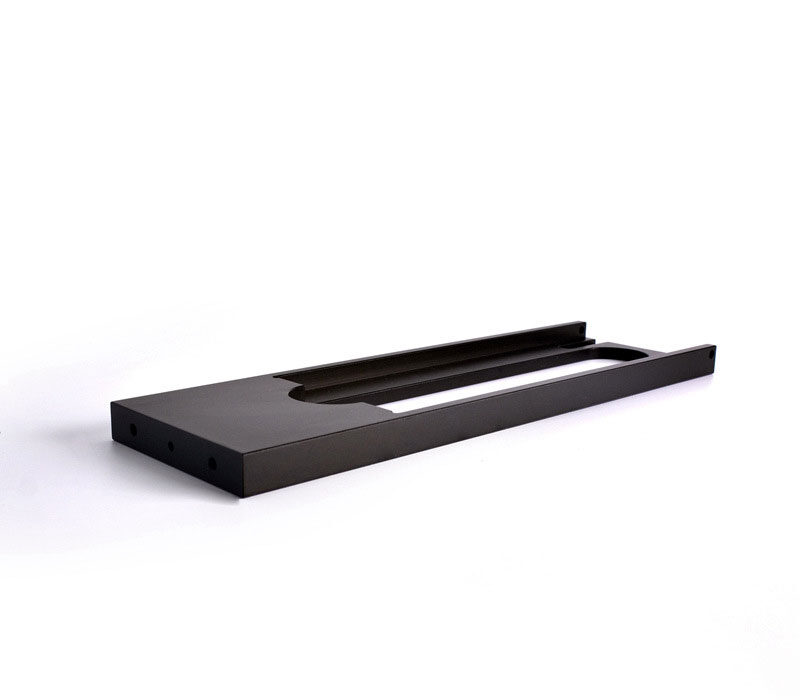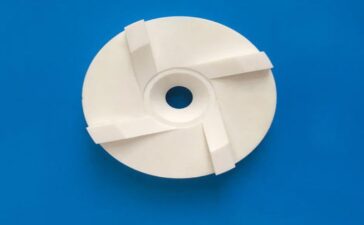1. Two-dimensional drawings must meet the national standards for mechanical drawing
Use PRO / E software to produce the two-dimensional map, and the file configuration content should be unified.
Drawing line width, font size and line should be unified, thick solid line, thick dot-dash line width 0.5mm, thin solid line, wavy line, double polyline, thin dot-dash line, double dot-dash line width is thick solid line 1/3, the width of the dotted line is 1/3 of the thick solid line, the length of the line segment is 4mm, and the interval of the line segment is 1mm. The font (numbers, characters) has a height of 3.5 mm and a line width of 0.35 mm.
The drawing scale is in accordance with national standards, and the actual scale of the printed drawings should be the same as the scale noted in the title bar, and no scaling is allowed. The size of the product structure should be selected according to the size and complexity of the product, and the proportion of customized drawings should be selected reasonably. The size lines are not allowed to be too dense and difficult to identify.
2. Drawing dimensions
The product benchmark should be noted in the figure, and the dimensions should be unified.
The drawings should be complete in size, correct, clear, and reasonable, without missing dimensions, and with reasonable distribution of dimension lines. The dimension marking should facilitate the processing of the mold.
Important assembly dimensions and important parts, positioning dimensions, required dimensions should be marked with tolerances. Other dimensions are not marked with tolerance class.
The required size is the critical size of the product’s assembly and appearance. The serial number should be added after the required size. The serial number is in the form of numbers and circles. The serial numbers should be arranged in order, from left to right and from top to bottom for easy reference.
The three-dimensional surface that is not easy to mark is marked with the largest external dimension.
The ribs must indicate the size of the large and small ends. When dimensioning the sloped parts, the size must be clearly expressed as the big end or the small end.
The surface of the picture is clear and clear, removing unnecessary arc tangent lines.
The technical requirements should include: unfilled wall thickness, unfilled fillet, unfilled draft angle, appearance requirements (such as mirror surface, transparent parts, paint, etched lines, etc.), assembly relationship and clearance, required size and others Special requirements, etc.
The appearance needs to be dermatoglyphic and the area or range is marked with a dotted line.
The appearance parts are marked with thick two-dot chain lines in the figure to indicate the position of the appearance surface.
Use thin solid lines to mark the position of the parting surface in the two-dimensional drawing and explain it with text.
The location where the gate is not allowed and the location where there are no ejection marks are noted in the figure.
If the direction of mold ejection is inconsistent with the direction of product assembly, generally draw according to the direction of product mold ejection, and use the arrow on the drawing to mark the direction and benchmark of product assembly and textual explanation.
The status of the drawings shall be indicated, and the replacement drawings shall be specially marked.
The two-dimensional diagram should be consistent with the three-dimensional diagram. The 3D image is changed, and the 2D image should be updated synchronously.
In order to facilitate drawing recognition, a 3D axis profile is added to the appropriate position of the 2D drawing.




